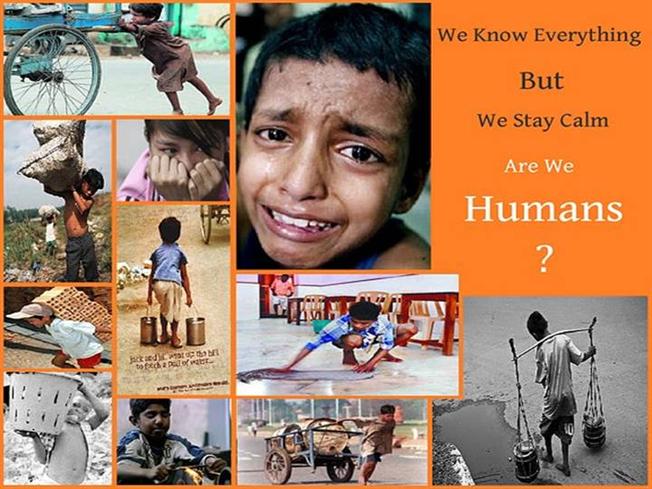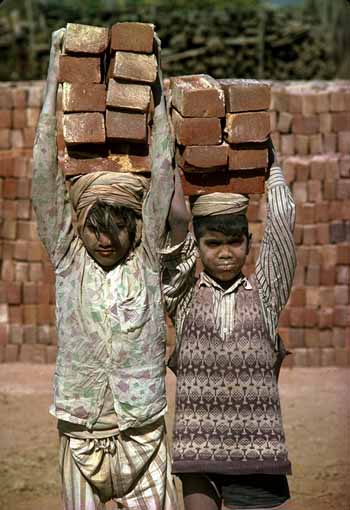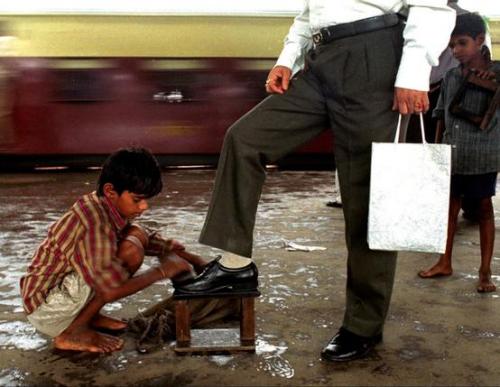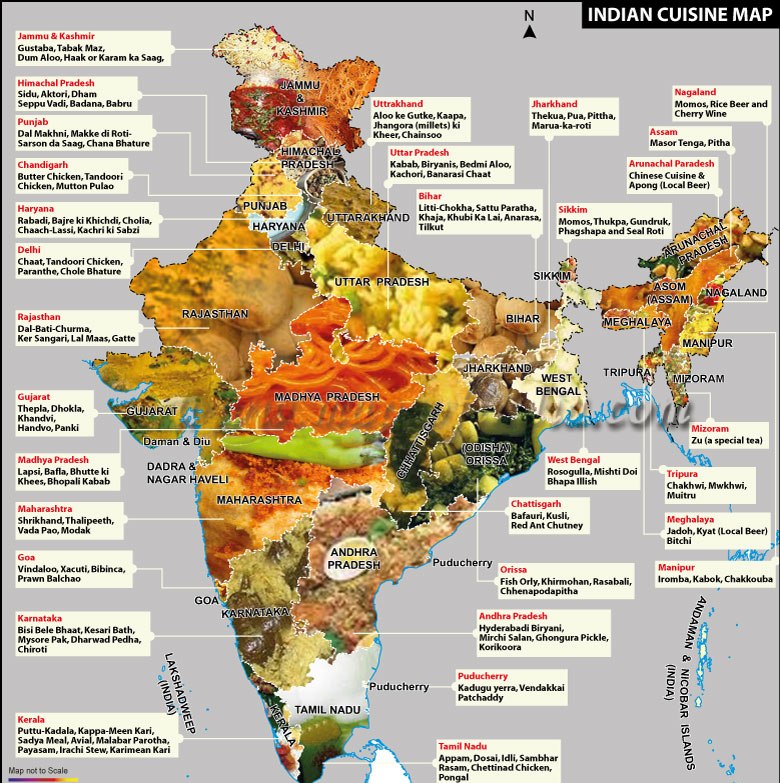
Type: Story
Genre: Karma & Emotions
Human is living in Earth similarly when person dies he/she may goes to another unknown part, which still not located. Mythic-ally person goes to god where god rewind human life in short and punish him accordingly. If that human did good karma’s in life then yamdoot sent him to heavens and for bad karma dragged him to hell. This story is similarly based on that, where READER will comes to known about good and bad karma and i will be very happy to know your comments on it.
Somewhere in India:
A house in a very tight lane. Few children s are playing cricket, they fixed their wickets in the middle of the street and a small kid having a ball in his hands trying to bowl hard so that he can take the wicket of opposite team batsman. There is passer going on with his comments, ” Huh, is this the place to play cricket, lane is already too tight to even for walk, and you guys are playing here”. By ignoring that old man anger-ness bowler bowls the ball towards the batsman and he hit the ball in the air. As all kids watching the ball in the air they shouts,” catch it , kamla”. Fielder kamla from bowling side starts running towards the direction of the ball to catch it but bowl is just about to enter’s into devi’s house (one of the house in the lane) window. As ball is entering from devi’s house 1st floor window, big blast sound stops all loud shouts of kids. For a second no-one come to know what happens then suddenly bheem (batsman) realized and shouts with trembling voice,” Oh my god, amma’s house (devi’s house) window mirror broke”. It’s a quick reaction of words and all are running here and there to hide their-selves like they are not playing. Karma hides himself behind the scooter. Chatur (bowler) get into some another’s house. Means, everybody acting like,” I AM NOT INVOLVED IN THIS”. Nearby passers watching this all, some are passing thru and few are stopped to see what next! Kid’s heart beat slowly started coming normal when they find no voice is coming from devi’s house. In few minutes wickets, bowling – batting team of kids disappears by telling to bheem (batsman), ” its all happened because of you, why you can’t place the grounded shot”. Now, its Pin – drop silence in the lane, no passer is walking on the lane, except ME. One voice suddenly comes from the lane, like somebody throws the ball. Yes, the ball was sent back silently from devi’s house broken window. That means somebody is available in the house but whom? Why that person not reacted even when his window glass was broken by kids? The outer look of the house is like its not been colored from past 10-12 years, it’s looking dirty from outside. Just, one step above from the lane i started entered into the house to know that calm person which not reacted good or bad after broken the glass. Because of the high pressure of wind the entrance wooden door was shutting down and opening automatically. The half of the door was shut and half i hold it to enter into the house.
Somewhere in the hell:
On the one corner of hell, one big oil container is placed on the fire and its boiling like anything. Yamdoots having hunters in their hand are pushing the spirits into the big large boiling container. It’s one the punishment given by the yamdoots to spirits for their bad sins. When these spirits will boil into the hot oil, means when they finishes with their punishment they will shift to the another punishment department where they hang upside down on a trees, hands knotted with ropes, eagles – crows with big beaks, come to eat their skins deeper and they shouted with pain until their punishment not finished. After that they accumulate in big hall to know who is going to the HEAVEN for good karma. Similarly, when this lot finished with their punishments they accrued by yamdoots to decide whose punishment has been finished and going to heaven and whose still in hell.
Again in India:
I entered the house with no light. I am not even able to judge where i am placing my foot. I take my mobile out of my shirts pocket and switches on the torch. Then i realize there is only one room in ground floor and the door is closed with hasp, and opposite to that door stairs are going towards 1st floor, the floor from where the ball thrown back to the lane. i shouts loudly” Is here anybody”. No reply, before going to upstairs i decides to open that door curiously. I open it and enter the room; i find the room is very dirty like nobody cleans it from few years. Webs all-around, giving me the feeling that i entered into haunted house but i keep myself calm and take wooden frame from the table to clear the webs. I see one beautiful center table round sofa’s. I walks towards the side corner table by clearing the webs with the help of wooden frame i picked from table, there is a small photo frame placed. I pick that frame with another hand, and clear the dust from the glass and saw the family picture of 4 members. I recognize them as a grandmother seated on a chair with a married son (standing) & daughter in law having 3 years kid in her hands.
Again in Hell:
In a big huge hall, spirits without cloths are together to hear who luckiest is going to heaven. In a big stage one huge golden seat places that is fixed with the floor. It seems like its the seat of any king. All spirits are shouting because of injured wounds. Some are trembling with cold, someone is shouting with pain. All in one scene is horrific, suddenly; one big long flute sound hides all the cracking painful voices of spirits. All yamdoots actively starts working like as some big person about to enter. Soon, one huge-tall giant face person enters into the hall having a big weapon in his shoulder walking towards the stage. He sits on the kings seat and all yamdoots shouts loudly by throwing different flowers towards him,” Yamraaj (the king of hell) you are welcomed”. Yamraaj waves his hand in the air by saying, “stop, that’s it”. ”Who is the next person going to heaven” yamraaj asked. Couple of yamdoots goes to the side of the stage where all the names of the spirits collected in a big jar, one yamdoot put the hand into the jar and take out 1 envelop and give it to yamraaj. Yamraaj quickly without wasting his time opens and shoutedly asks,” TITTU“
Again in India:
“He is my Tittu”, i quickly turns towards the voice and see one old lady with a stick in her hand stood at the front of the room’s entrance. Coming nearer to me she again murmurs,” He is my son, tittu”, “he is my son, tittu”. I stand shameless because i entered in the house without knocking the door. Before i fell gilt for it she asked,” who are you, why you came here”. I tell her that the amazed silence coming from your home attracted me. Without asking anything i asked,” Is she your daughter in law and grandson”. ” Yes, they are” she replied.
“Where are they, are they living with you” i asked.
“No, they are not living with me, they are living their own life” she replied.
“Is that person in the picture Tittu, he is your son” again i asked fastly.
She smiles and said “yes, he is my only son tittu”.
“Where is he” i asked.
“Would you like to have a cup of tea with me son” she asked me this time.
“No thanks, aaa i need to go, i think” i replied.
I placed that photo frame on the side corner table and totally forget that i hold one more wooden frame in my another hand, move my steps towards the main entrance with unasked questions.
“Tittu is no more” she told.
Again in Hell:
One the of the yamdoot loudly asks,” Tittu Sachdeva from India, comes to the stage”. One spirit from behind raises his hand and try to speak,” yes, i am tittu, tittu sechdeva”. but unable to speak loudly because of his painful wounds, fleshing his blood all round, blood coming out of body. Somehow yamdoot ables to listen him and tell him to come at front and face Yamraaj. Tittu unable to walk and by crawling slowly and slowly he able to reach to the yamraaj.
“Huu, so you are tittu” yamraaj asked.
“Yes yamraaj dev, i am tittu”.
“this is for your information that the punishment of your bad sins which you done on earth has finished and in hell no more punishment has left so from today’s on-wards you are free from hell and for your good karma we are going to shift you in heaven” yamraaj told.
”come here and do your thumb impression so that we kept in our records that you are free from hell and shifted to heaven” one of the standing yamdoot orders him.
Tittu bend on his knees, unable to stand properly by ignoring the yamdoot’s order he looks the face of Yamraaj for a while and speaks with halting voice,”Yamraaj i have a request at front of you.”
As soon as he speaks couple of yamdoot’s holds his hands tightly and reply, “Have you gone mad, he is yamraaj, king of death, you cannot speak to him directly.”
“Let him speak”, cruel voice comes from direction of golden seat.
“Dear Yamraaj, i have no wish to go to heaven” tittu replied with threatened voice.
“Tittu this is not possible to stay here, you have already being punished for your bad deeds and sins”. yamraaj replied.
” i was waiting this moment for long, please try to listen at once, what i want?” tittu again to yamraaj.
“What you want” yamraaj asked him again by showing angered face.
“I want to go to earth” tittu replied.
Again in India:
“Yes, tittu in dead and he never come to me” old lady replied me.
I turned back and ask, “what”.
She said, “you asked me that where is he, yes he is no more, may it happen at least once, I can see him before i die”.
“Oh, am sorry, what was happened to him” i asked.
“He met with an road accident, and died” she replied.
I feel myself that its not good to ask more from that old lady, because she is living alone and its quite difficult for her to comes out from his dead son’s remembrance after i left her. So, after sitting few minutes with her i came out from the house, and amazed to see raining. I decides to stay at the front of the main door of the house until rain stops.
Again in Hell:
All laughs giantly after heard that tittu requested to go to earth. Again yamraaj waives his hand on air and say,” Silence”.
“Do you know what you are asking for kid” yamraaj asked.
tittu replied,“oh, king of death, i beg to you to please send me to earth anyhow, i want to meet all my relatives, neighbors and friends, either i stay here in hell or want to go to earth”.
“It never happened in the history of hell that any person, intentionally or by escape went or sent to any part of earth like this”. Yamraaj replied.
Tittu requested again, “If you really going to send me to the heaven for my good deeds, why not instead of sending to heaven, send me to earth at-least for 1 day, after 1 day i will come back to hell again.”
Slow murmuring and whispering starts over, all yamdoot’s and another spirits started talking with each other.
All eyes are on yamraaj face to see what he will do, will he punish him for asking this type of stupid question or will he allow him to go to earth. After a long intense silence,
He replied, “ OK fine”, but you have to obey or instructions before going to earth for 1 day and few of the powers of yours we will take back”.
- You will not be able to talk, touch anybody or see anybody; we are taking rights back from you.
- You will not interfere in nature’s law, you are not human now, you may try to interfere it by making yourself superman or spider-man, so as you are spirit, i am taking your all supernatural power back.
- After 24 hours you will automatically comes to hell.
- Yes, one good thing for you, before leaving back to hell, you can hug any 1 person of your choice.
“So, these are the instructions which you may follow” yamraaj told.
Without say no and arguing tittu thanked to yamraaj, and now, its all set to send tittu to earth for one day.
Hi Readers, sorry for the interruption, but Mind-Tech Norms decided to stop this part here and let us check the views, likes and comments of Part I for a week, we also want to know are you furious to know what happen next, if yeah please share you thoughts and comments about this story. We do have a very interesting Final part of this story which all-ready prepared and will be published very soon but before that we love to see your comments and likes.
Regards














































































